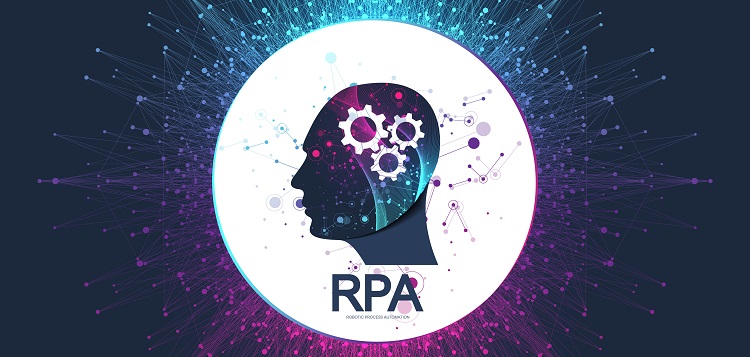In today’s fast-paced and highly competitive business environment, companies are constantly looking for ways to gain a competitive edge. One way to do this is to invest in a single integrated automation platform that encompasses both robotic process automation (RPA) and business process management (BPM). By combining these two technologies, companies can streamline their processes, reduce manual labor and increase their efficiency, resulting in cost savings and increased productivity.
The primary benefit of investing in an integrated automation platform is improved efficiency. By combining RPA and BPM, companies can eliminate manual tasks and reduce the amount of time required to complete tasks. This improved efficiency can translate into cost savings, as companies can reduce the amount of money they spend on labor costs. Additionally, improved efficiency can also lead to increased productivity, as more tasks can be completed in less time.
Another benefit of an integrated automation platform is that companies don’t need to worry about constructing connections between different systems. With an integrated platform, these connections are already included, so companies can quickly and easily set up their automated processes. This eliminates the need for manual labor and reduces the time and cost associated with setting up automated processes.
Before investing in an integrated automation platform, it’s important to understand what RPA and BPM are and how they work together. RPA is a type of software that automates repetitive tasks by mimicking the actions of a human user. For example, RPA can be used to fill out forms or input data into a system automatically. BPM, on the other hand, is a type of software that enables companies to manage their processes more efficiently by streamlining them and automating tasks wherever possible.
By combining RPA and BPM, companies can take advantage of fully automated, end-to-end processes. This means that all the necessary tasks are completed without any human intervention, resulting in increased productivity and reduced costs. Additionally, BPM software can be used to manage robotic process automations and ensure that they are working correctly.
Business process management is a global issue, with an annual expenditure of approximately 230 billion dollars. This figure has grown steadily over the past few years as companies recognize the importance of managing their processes efficiently. This spending is largely driven by the increasing demand for BPM software, as more organizations look to automate their processes and gain a competitive edge.
The global spending on BPM is expected to continue to grow as more companies look for ways to streamline their processes and increase their efficiency. By investing in an integrated automation platform that combines RPA and BPM, companies stand to gain a significant advantage over their competitors in terms of speed, accuracy, and cost savings.
One of the main advantages of combining RPA and BPM is the ability to create automated end-to-end processes. By utilizing both technologies, companies can automate entire processes from start to finish without any manual intervention. This eliminates the need for manual labor and reduces the amount of time required to complete tasks, resulting in cost savings and increased productivity.
Furthermore, automated end-to-end processes also reduce the chances of errors occurring due to human intervention. By automating all necessary tasks, companies can ensure that their processes are completed accurately and efficiently every time. This improved accuracy can lead to increased customer satisfaction and better quality products or services.
In order for automated processes to work correctly, they must be managed properly. This is where BPM software comes in. By utilizing BPM software, companies can manage their robotic process automations (RPAs) and ensure that they are working correctly at all times.
BPM software enables companies to monitor RPAs for errors or potential issues before they become a problem. Additionally, it allows companies to quickly identify any issues with RPAs and take corrective action if necessary. This helps to ensure that automated processes are running smoothly at all times and reduces the chances of errors occurring due to human intervention.
When investing in an integrated automation platform that combines RPA and BPM, it’s important to consider all aspects of the process carefully. Companies should evaluate the cost savings they can expect from implementing such a system as well as the potential productivity gains they can make through increased efficiency. They should also consider whether the system is capable of scaling up or down depending on the needs of the business at any given time.
All in all, investing in an integrated automation platform that combines RPA and BPM can provide tremendous benefits for companies looking to gain a competitive edge. By utilizing both technologies, companies can take advantage of fully automated end-to-end processes that reduce costs and increase productivity while also ensuring accuracy and eliminating manual labor. Additionally, BPM software can be used to manage robotic process automations and ensure that they are working correctly at all times. As global spending on business process management continues to grow, companies should consider investing in an integrated automation platform if they want to stay ahead of their competitors in terms of speed, accuracy, cost savings and overall performance.

